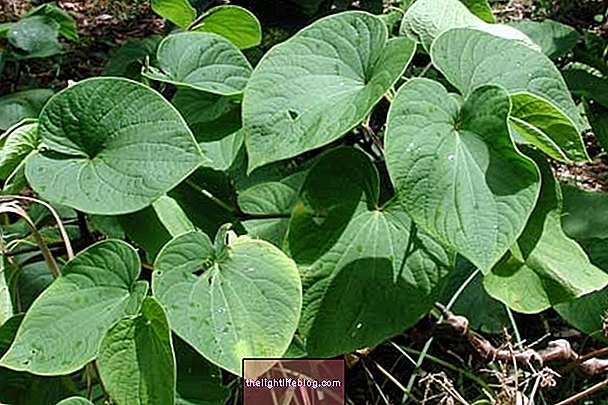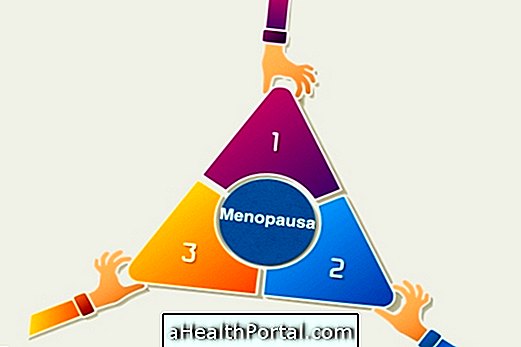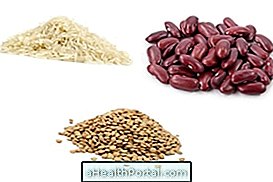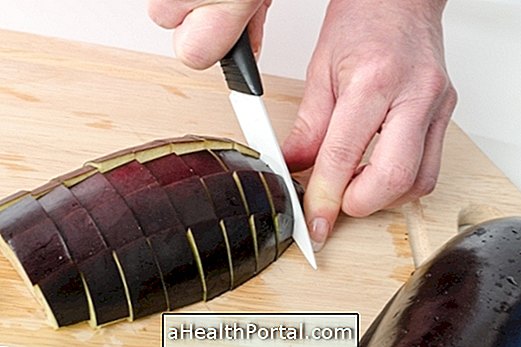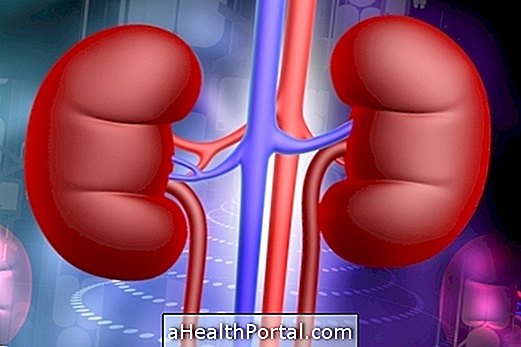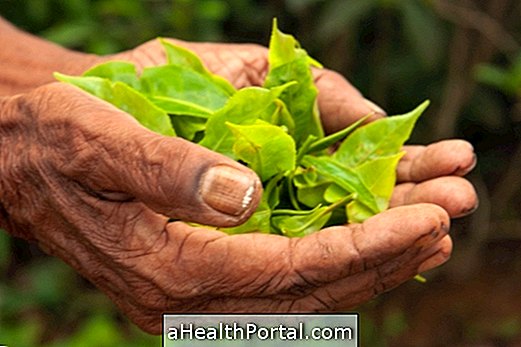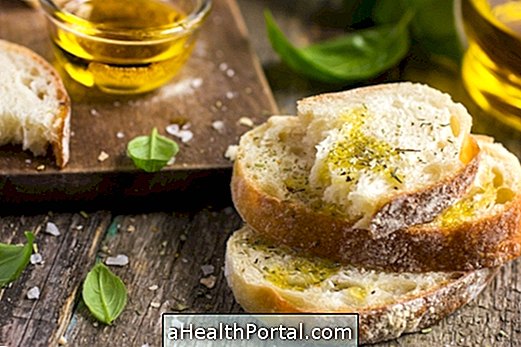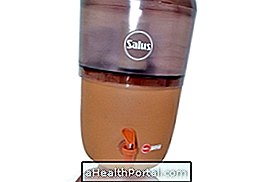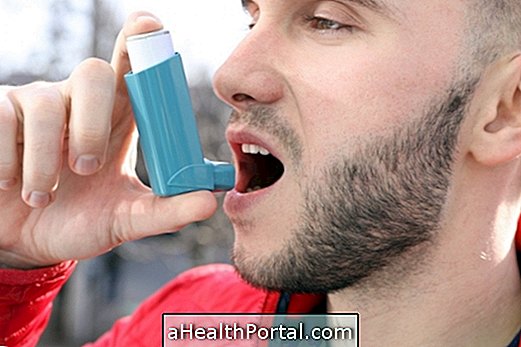Kava-kava is a medicinal plant, also known as Cava-cava, Kawa-kava or just Kava, which is widely used in traditional medicine to treat cases of anxiety, agitation or tension. Its scientific name is Piper methysticum and can be found in health food stores, online stores and even in some supermarkets.
This is because, this plant has some very important active substances, known as kavalactones, which, according to some studies, seem to act in a very similar way than that of some anxiolytic drugs, regulating the action of the neurotransmitter GABA in the brain.
Thus, Kava-kava can be an excellent natural treatment option for cases of anxiety and agitation, before opting for the use of drugs. However, in order to be used correctly and in safe doses, its use must be guided by a naturopath, herbalist, nutritionist or other health professional specialized in the use of medicinal plants.

How Kava-kava works
The exact mechanism of action of this plant is not yet known, however, several studies seem to indicate that Kava-kava kavalactones have a function very similar to benzodiazepines, which are the main group of drugs used in the treatment of anxiety.
This means that the plant is able to bind to the brain receptors of the neurotransmitter GABA, potentiating its action. As GABA is primarily responsible for inhibiting the central nervous system, allowing the person to relax, feel less fear and be less anxious, this plant ends up having a potent calming effect.
In addition, some studies also indicate that Kava-kava can be used in cases of seizures, since one of its kavalactones, kavaína, has an antagonistic action in the sodium channels, which ends up stabilizing the electrical action of the neuron.
How to use Kava-kava
The used part of Kava-kava is its rhizomes, where the highest concentration of its active substances is found. There are several ways to use this plant:
- Supplement (capsules): this is the most effective form, as it uses a more concentrated extract of the plant's active substances. To use as a supplement the ideal is to consult a herbalist, however, the generic dose indicated is usually 60 to 120 mg per day, in the case of extracts with 50 to 70% kavalactone concentration;
- Tea: Kava-kava rhizomes can also be used to make tea, however, in this form of use it is not possible to know for sure what the concentration of active substances is. However, it is recommended to put 1 tablespoon of Kava-kava rhizomes to boil with 500 mL of water for 10 minutes. Then strain, let it warm and take it 2 to 3 times a day, or at times when you feel the greatest anxiety, for example.
The ideal is to always consult a phytotherapist or a health professional specialized in medicinal plants, since their use, doses and treatment time may vary according to each person and their history.
Check out other natural options for controlling anxiety.
Possible side effects
The main side effect of using Kava-kava is the appearance of severe liver damage. However, the only studies done on this effect were done with people who also had other habits that could affect the functioning of the liver. Thus, and although the true effect of Kava on the liver is not yet known, it is recommended not to exceed the dose of 120 mg per day.
Contraindications of Kava-kava
Kava-kava is contraindicated for pregnant and lactating women as there are no studies on its safety during these stages of life. In addition, it should be avoided by those who have liver disease or by those who are being treated with antidepressants, at least without the indication of a health professional.
Was this information helpful?
Yes No
Your opinion is important! Write here how we can improve our text:
Any questions? Click here to be answered.
Email in which you want to receive a reply:
Check the confirmation email we sent you.
Your name:
Reason for visit:
--- Choose your reason --- DiseaseLive betterHelp another personGain knowledge
Are you a health professional?
NoMedicalPharmaceuticalsNurseNutritionistBiomedicalPhysiotherapistBeauticianOther
Bibliography
- BARBOSA, Diomara Resende et al .. Kava-kava (Piper methysticum): a general review. ITPAC scientific journal. Vol.6. 2013
- RAKEL, David. Integrative Medicine. 4.ed. Elsevier, 2018. 49.
- GRUNWALD, JORG; JANICKE, CHRISTOF. The green pharmacy. Spain: Editora Everest, 2009. 280-281.


